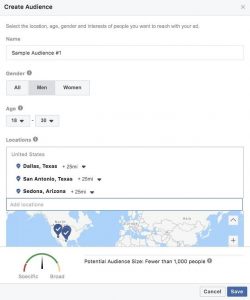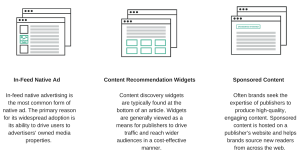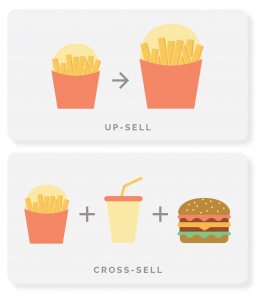
Testing emails allows you to experiment with different email elements to ensure that campaigns yield the best results and derive the most value. This leads to the opportunity to optimize which generally results in a better outcome for the campaign. While there are a variety of email testing strategies, we focus on methods, elements and measurements to ensure you are making the most of your email marketing and delivering the best content to your audience.
Methods
There are different methods to use when email testing, but here are two of the most commonly used:
1) A/B Testing: In A/B testing, all elements remain the same with the exception of the one being tested. You can test different elements such as subject lines, images and call-to-action offers. The test should be administered by experimenting with only one variable within each email send. You can send 10% of your email list the A version of the email, another 10% the B version and then the rest will be sent the version that gets the most opens, clicks, offer clicks or other piece you are testing for. Using insights into what performed best in your test groups will allow you to distribute the most optimized email to your list.
2) Multivariate Testing: Multivariate testing is a bit more complicated and involves testing multiple elements in a single send. It also requires a larger list to garner a statistically significant result, and the outcome identifies the specific combination of elements that produced the best response. The key to multivariate testing is to find the right combination of elements. While there are many options and combinations with what you can test, brainstorm and determine what those combinations are. If you find yourself wanting to test multiple elements to see the best performance or conversion rate, this is an ideal testing method for your team.
Elements
Email marketing is comprised of many elements that can be appropriate for testing including the message, appearance and delivery. Some things you can test in the message include:
- Subject line
- From name
- Headline/sub-headline
- Content
- Promotion/offer
- Post click experience (landing page A versus B)
When it comes to appearance, consider what pieces of the email you want to see changed and tested against each other. Here are some examples of what you can test for appearance:
- Graphics versus Text: Some who receive your emails might be more inclined to click on the graphic with an embedded link rather than an in-text link.
- Colors/Styles/Fonts: While your brand might have specific identity elements that include colors, styles and fonts, don’t be afraid to test these elements. One thing to remember here is be reasonable. Stay within your brand guidelines but be creative enough to branch out. Test some of your brighter brand colors versus some of the duller colors. Test a bold versus a normal font.
- Layout: How you layout your email send, whether it be a newsletter, nurture or regular email, matters. Your company may use a template for newsletters or nurtures, but it’s a great idea to experiment with these as well. Try changing up the order of how you deliver your content. For example, if you typically start a newsletter with recent content and end with company news, next send you can begin with your company news and end the newsletter with recent content.
- Timing: Time of day and day of the week are two popular timing elements you can and should test. Consider these best practices when determining the timing of your sends.
Email Tools: There are a variety of email marketing tools you can use to send your emails. Mailjet, MailChimp and ActiveCampaign are some examples of email marketing tools.
Measurements
There are many ways to measure the impact of email campaigns. One of the most vital measurements is the amount of revenue you can generate from one version versus another. In terms of measuring engagement or interest, your best bet is to track click throughs, or more specifically, the links that are clicked. The link, or links, that are clicked on the most can show what the audience is most interested in and be used when creating content and links for future campaigns. It is important to note that opens (versus clicks) can complicate measurement since some recipients may have a preview pane activated that will automatically register emails as opens. Plus, an open is showing interest in the content but if they did not convert with a click, there was a disconnect between those two moments. And finally, track the number of new subscribers and unsubscribes. These metrics can let your team know if the content you are creating and sending to your prospects, clients and other audiences is engaging and something worthwhile.
Digital & Social Articles on Business 2 Community
(27)









